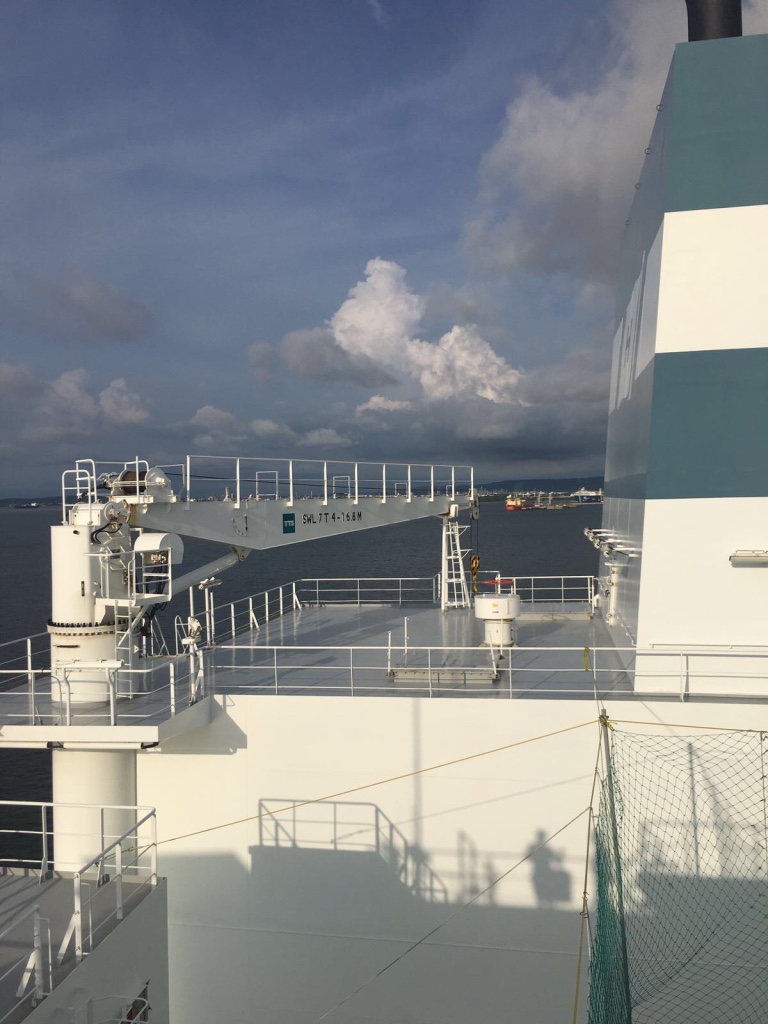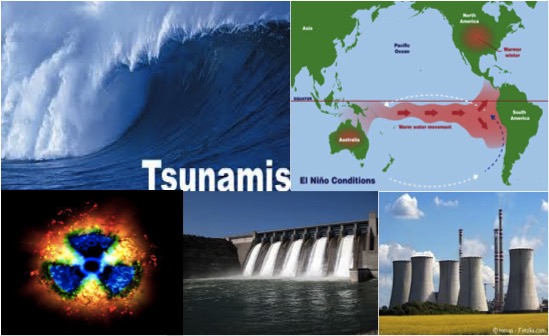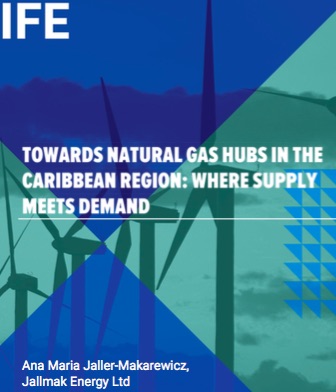
Power plant operators in northern Colombia are on track to double liquefied natural gas imports this year at the Sociedad Portuaria El Cayao port and regasification facility, to ensure supplies of fuel for electricity generation as a drought has sapped hydropower plants’ reservoirs.
So far this year, nine shipments of LNG totaling 409,000 cubic meters have been offloaded at the SPEC facility near Cartagena, according to Carlos Barrios, a spokesman for the installation. The last delivery arrived on May 9, he said. Throughout 2019, six shipments totaling 355,000 cu m were received.
The SPEC facility, which includes a floating storage and regasification unit (FSRU), serves the LNG needs of three public power utilities operating thermoelectric power plants with a combined power capacity of 2,400 MW. They serve the populations of Barranquilla, Cartagena, Santa Marta and other urban areas in the north of the country.
Colombia as a whole depends on hydropower for 65% of its electricity generation. However, drought this year has caused reservoir levels to fall to an average 32% of capacity, forcing the power utilities to bring in more LNG loads to ensure fuel for more thermoelectric power than usual if needed.
The SPEC spokesman said seven of the nine LNG cargoes have been purchased from Atlantic LNG, based at Point Fortin, Trinidad and Tobago, which operates four gas liquefaction trains. Atlantic is a consortium that includes BP (34% ownership), British Gas (26%), Repsol (20%), NGC Trinidad and Tobago (10%) and Suez (10%).
Formerly self-sufficient in natural gas, Colombia has seen its natural gas reserves fall steadily since 2016 and expects its reliance on imported LNG to increase in coming years unless a significant natural gas discovery comes online.
The energy ministry’s research and planning arm, known by its Spanish initials UPME, has published studies recommending that at least two more LNG regasification plants be built on the country’s Pacific Coast to ensure adequate supplies of fuel for power generation serving central and southern Colombia.
Colombia consumes close to 1.1 Bcf/d of natural gas and has seen consumption grow between 3% and 5% each year over the last decade.
Source: S&P Global Plats


